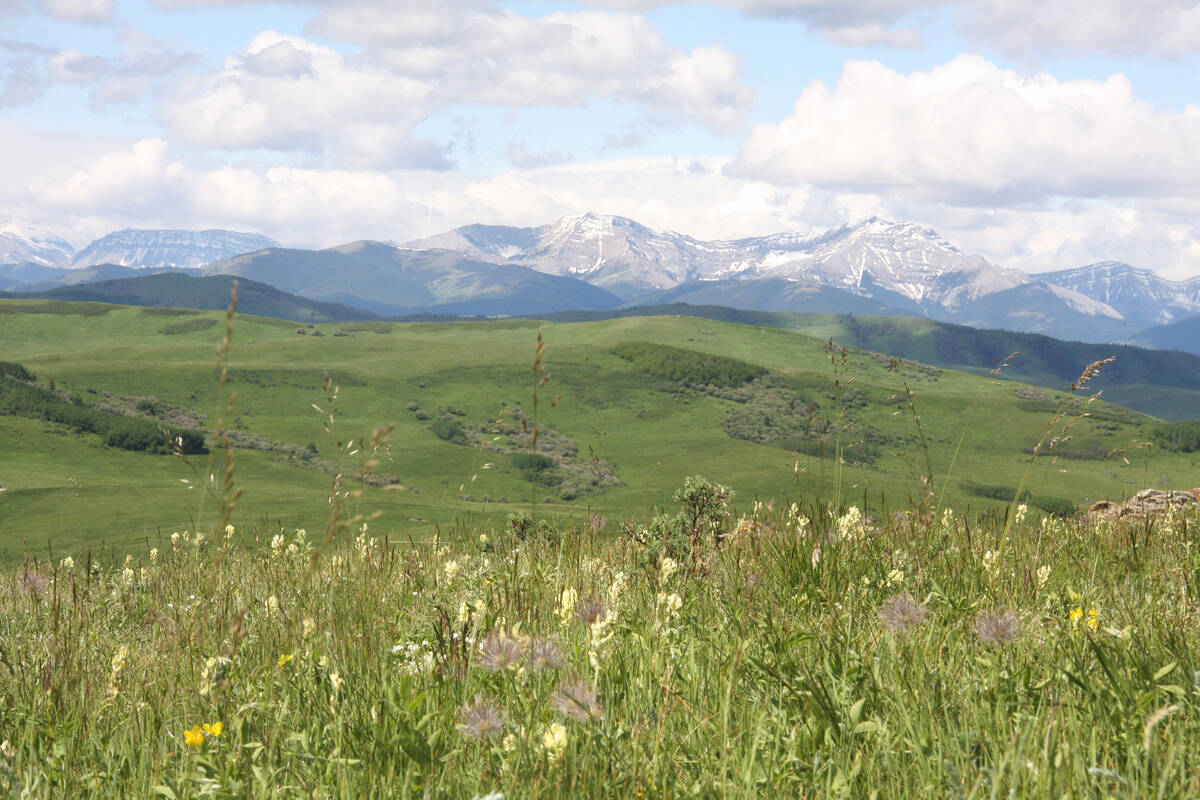La Nina-El Nino transition | Shift in weather patterns behind reasons for updated predictions
An unusual shift in weather patterns could save dry prairie farms from getting drier.
Forecasters were certain this summer that the world was transitioning from a La Nina event into an El Nino event, which would gain strength in the fall.
That meant western Canadian farms would be in for a drier-than-normal winter after many of them had already endured a moisture-starved summer.
However, the warming trend in the tropical Pacific Ocean that is a sure sign of an El Nino has suddenly backed off to the point where the water is actually a little cooler than normal.
Read Also

Selenium not deal breaker in coal mining: expert
Environmental scientist weighs in on coal mining debates in Western Canada, explaining selenium and the technologies and practices to lower its concentrations in nearby waterways to coal mining operations
It is a puzzling development.
“These events tend to reach their peak during the late fall, like November into December and early January,” said Bryce Anderson, senior agriculture meteorologist with DTN.
“But instead, here we have everything backing off. So that’s what’s kind of unprecedented.”
Anderson is still calling for a drier-than-normal winter for the prairie region, simply because that has been the recent pattern.
However, it won’t be as parched as it would have been if a full-fledged El Nino had developed.
A storm system that crossed the eastern half of the Prairies earlier this month delivered 13 to 38 millimetres of rain and snow to some of the driest parts of the region.
“That certainly helped out. The big question is, is this the beginning of what’s going to be a series of these types of events or was this just sort of a one shot deal?” said Anderson.
His hunch is it’s the latter.
“At this point, we still have to lean more toward the drier side just because that pattern has been pretty evident.”
Megan Evans, a meteorologist with AccuWeather.com, is slightly more optimistic. She thinks it will be drier than normal through December and then improve in January and February as a series of Alberta clippers deliver much-needed snow across the Prairies.
The quick-moving storms will not provide large amounts of snow, but there will be enough of them that the Prairies should experience near normal moisture conditions this winter.
One caveat is that the AccuWeather forecast is based on a weak El Nino, but current conditions are closer to neutral.
Anderson said it’s such an odd year that anything could happen.
“There is an outside possibility that later in the winter we could see a La Nina develop in the Pacific. That’s not out of the question.”
That would deliver more wintertime moisture across the Prairies.
DTN is forecasting normal to above normal temperatures this winter, which again would be a continuation of the existing trend.
That’s in contrast to the AccuWeather forecast, which is calling for slightly colder-than-normal temperatures in northern Alberta, central Saskatchewan and southern Manitoba as quick shots of Arctic air sweep across the Prairies.
“That’s going to feel profoundly different from last year,” said Evans.
Last year was the third warmest winter on record in Canada. Temperatures were 6 C above normal for the prairie region, which is a substantial difference.
For instance, the average temperature in Saskatoon for the September through March period was -1.3 C, which was 5.6 C above normal.















